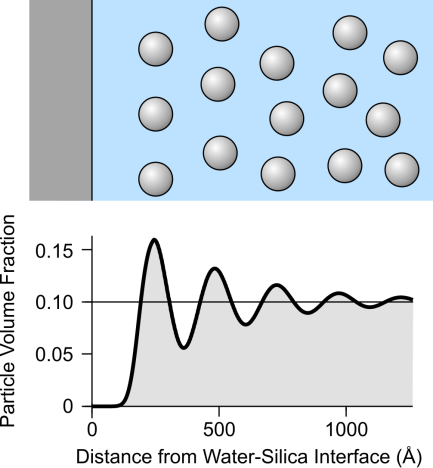2019
Metamagnetic transition in FeRh thin film. — It is known, that FeRh alloy undergoes first-order metamagnetic transition, from the low temperature antiferromagnetic (AFM) phase, to the high temperature ferromagnetic (FM) phase. In the AFM phase Fe atoms carry magnetic moment of ±3.3 μb while Rh atoms possess inconsiderable magnetic moment. On the contrary, in the FM phase, Fe and Rh atoms carry parallel moments of 3.2 μb and 0.9 μb respectively. This magnetic transition is chaperoned by reduction of resistivity and by a ~0.6 % isotopic strain in the crystal lattice. By introducing strain in the FeRh crystal lattice, this phenomenon can be reversed and the magnetic transition can be triggered by deformation.
Nuclear resonant scattering technique at different grazing angles was used to determine the depth resolution of magnetic configuration in the FeRh layer deposited on BaTiO3 (100) ferroelectric substrate in the temperature range between 25 °C and 165 °C. At room temperature, the FeRh layer exhibited mainly AFM ordering with the formation of FM layers on both upper and lower interface. At about 105 °C small FM regions appeared in the AFM layer, which showed ripening with further heating until the whole layer became FM at 165 °C.

Figure 1. Model of temperature induced AFM/FM metamagnetic transition in FeRh thin film
Structuring of colloidal silica nanoparticle suspensions near water-silica interfaces. — Structuring of aqueous suspensions of colloidal silica nanoparticles near an isolated planar silica-water interface were studied by specular neutron reflectivity. We found clear evidence that suspensions of colloidal silica nanoparticles (with size of 163±7 Å) show a damped, oscillatory concentration profile normal to a planar silica-water interface. The wavelength of these oscillations decreases with increasing concentration, and typically exceeds the particle diameter by a factor of 2–3. The measured wavelengths obtained by neutron reflectivity agree very well with the one determined by direct force measurements with the AFM in the slit-geometry, which suggest that in both geometries the self-organization of the nanoparticles is governed by the same principles. The reflectivity further indicated that the oscillatory structure persists through few layers into the bulk and that its onset is separated from the interface by a particle free gap, whose width is about half the wavelength. The present study thus clearly demonstrates that the oscillatory concentration profile for an isolated surface has the same characteristics as for the slit-geometry. Such oscillatory profiles further reflect the liquid-like structuring in the bulk suspension. On the other hand, the particle-free gap seems to be specific to the nature of the surface. The present experimental results is a step forward to a better understanding of structuring of colloidal suspensions near interfaces.

Figure 2. Oscillatory concentration profile of the silica nanoparticles in the normal direction to the interface.



